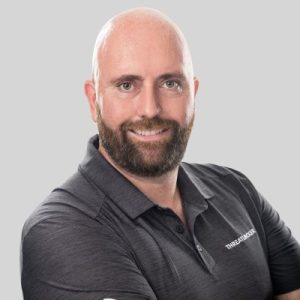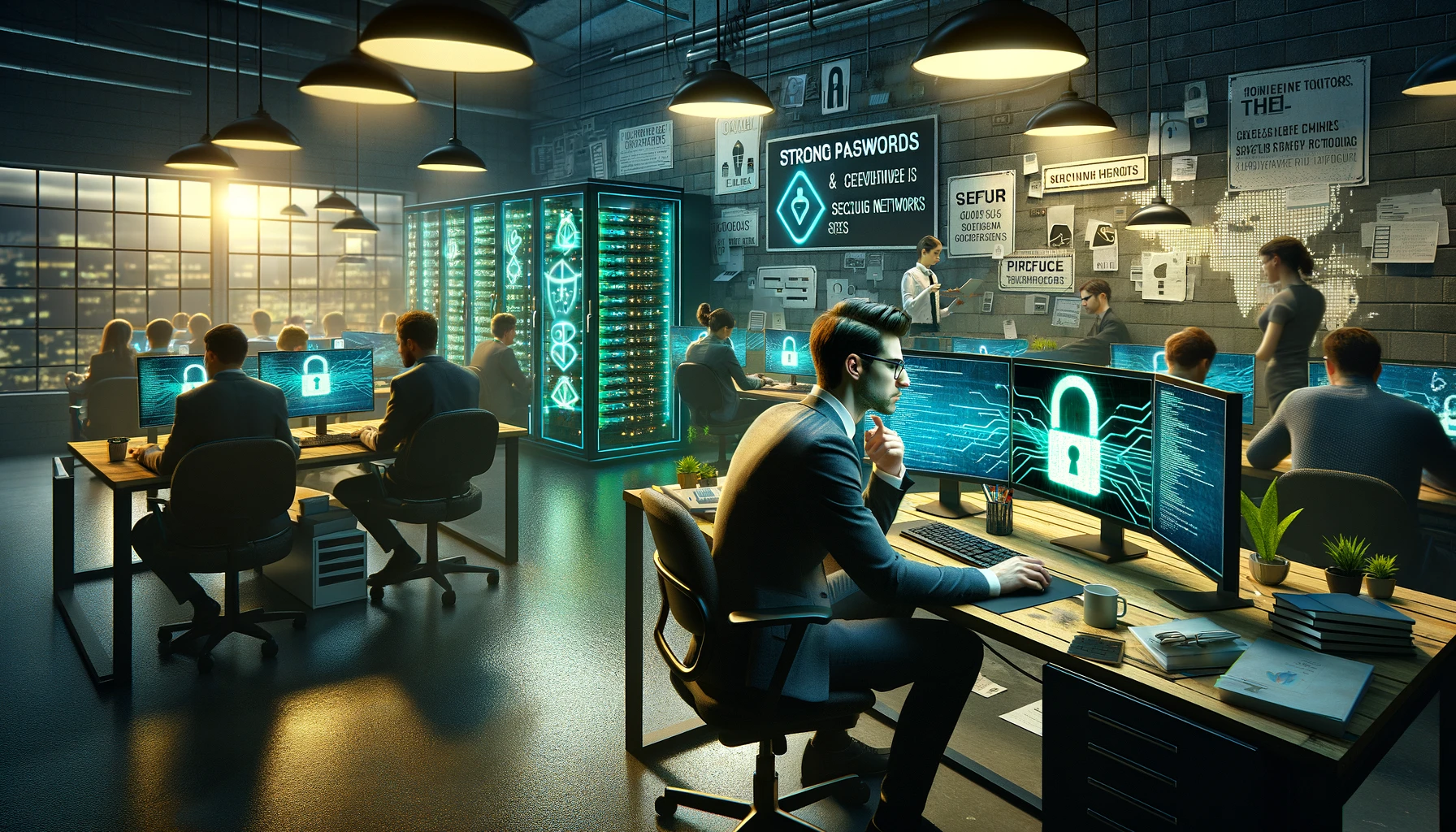In the ever-evolving landscape of cybersecurity, MSPs need solutions that not only address the current challenges but also anticipate future threats.
That’s where ThreatLocker‘s “Deny by default” model can play a key role in challenging the status quo of cybersecurity, said the company’s Chief Product Officer Rob Allen. Allen talked with ChannelPro during the recent ThreatLocker Zero Trust World 2024 event in Orlando about the company’s unique approach can assist MSPs better navigate the cybersecurity domain, and optimize revenue opportunities with their SMB customers.
‘Deny by Default’ Philosophy

Rob Allen
ThreatLocker’s core philosophy represents a big shift from the traditional “Permit by default and deny by exception” standard. Rather, the company’s approach of deny by default and permit by exception fundamentally challenges the status quo of cybersecurity, where most solutions operate by blocking known bad entities.
“If that approach worked, then there wouldn’t be such a thing as ransomware,” Allen pointed out, highlighting the inadequacy of traditional cybersecurity measures in the current threat landscape. By flipping this paradigm, ThreatLocker aims to provide a more robust defense mechanism against the sophisticated threats that businesses face today.
Empowering MSPs with Unparalleled Support
Allen, who has more than 18 years of extensive experience while working for an MSP, understands that an service provider’s relationships with vendors are pivotal. And ThreatLocker prioritizes engagement with its MSP partners beyond what he’s seen in the past, he said.
ThreatLocker sets a high standard for responding to customer needs, from onboarding to 24/7 support via a chat function that promises a human response within an average of 30 seconds.
“It’s unlike anything I’ve ever experienced,” Allen stated, stressing the importance of this support in empowering MSPs to offer top-tier security solutions to their clients. “The attention to detail and the whole ethos of the company basically is to put the customer first and do whatever it takes to find the answer to their problem.”
The Role of MSPs in Cybersecurity
The cybersecurity landscape is fraught with challenges, but it also presents opportunities for MSPs to play a critical role.
For one thing, anything an MSP can do across the board or standardize for customers is valuable, Allen explained. “You don’t want to have to sell an individual product to every single one of your customer base. Between phone calls, emails, quotes, following up, chasing people, and all that, and then multiply that by 100 or 200 customers. It’s an incredible amount of work.”
A better way is for an MSP to offer a security stack to customers, Allen advised. This strategy streamlines the cybersecurity offering for MSPs and reinforces the importance of adopting a proactive and comprehensive approach to security.
“You can tell them, ‘If you want them, great. If you don’t, please go find somebody else because you obviously don’t take your security seriously.’ The freedom that it gives MSPs is incredibly valuable in knowing their products, what they’re dealing with, and how to implement them.”
Cybersecurity Adaptation and Evolution
Looking to the future, Allen said it’s important the MSP community adapt and evolve in response to the ever-changing cybersecurity threats.
By embracing ThreatLocker’s ‘deny by default’ philosophy, MSPs can offer their clients a level of protection to face the modern threats of the digital age. Moreover, the emphasis on robust vendor support and the need for standardization across security offerings highlight key areas where MSPs can strengthen their cybersecurity posture.
By rethinking traditional security approaches and fostering strong vendor relationships, MSPs can better protect their clients and navigate the cybersecurity challenges of today and tomorrow.
“Just remember that the bad guy only has to get lucky once, whereas you need to be lucky every time,” Allen said. “If you take the approach that you assume breach and expand on it, you will come to where we are: Deny by default.”
Image: DALL-E













